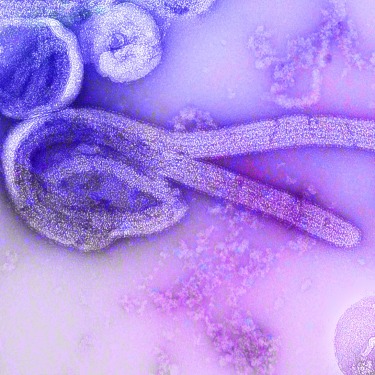Marburg Virus Disease

Related to Ebola Zaire, Marburg virus disease is fatal in up to 88% of cases, which is why it’s an R&D priority for Sabin.
About Marburg
Lesser-known than Ebola Zaire, Marburg is a member of the same Filoviridae virus family, commonly referred to as filoviruses. It can cause severe hemorrhagic fever in humans and non-human primates. No vaccine for Marburg has been licensed to date.
Marburg is transmitted to humans by infected animals, particularly fruit bats. Once a human is infected, the virus can spread to others through close personal contact or contact with bodily fluids. Isolation of infected people is currently the centerpiece of filovirus control.
Marburg was the first filovirus to be recognized in 1967 when a number of laboratory workers, including some in Marburg, Germany, developed hemorrhagic fever.
The Fatality of Marburg


MARVAC
Sabin is an active member of WHO’s MARVAC, a group of experts from industry, government and academia dedicated to the rapid development of Marburg vaccines. Founded in August 2021 after a Marburg case was identified in Guinea and coordinated by WHO’s R&D Blueprint team, MARVAC members share knowledge, assays, laboratory networks and animal models with the ultimate goal to promote preclinical and clinical development of MARV vaccine candidates. MARVAC is based on the same sharing principles that governed the scientific interactions of the WHO COVID-19 working groups that helped to accelerate the development of COVID-19 vaccines and therapeutics.

AFIRM
On March 30th, 2022 the WHO R&D Blueprint team convened a group of international experts to set the initial discussions to design and implement a new filovirus research roadmap agenda. This WHO Strategic Agenda for Filovirus Research and Monitoring (AFIRM) intends to establish a set of research priorities for filovirus diseases during the next decade. These priorities will be embedded in three major action areas, namely, (i) research to anticipate future outbreaks, (ii) research to reinforce vaccination via development and evaluation of new filovirus vaccines and (iii) research to cure filovirus diseases by fostering testing of therapeutics and improving patient care. Recommendations from stakeholders including scientists, regulatory experts and developers were sought in order to accomplish short- and medium-term goals.

We make vaccines more accessible, enable innovation and expand immunization across the globe.







